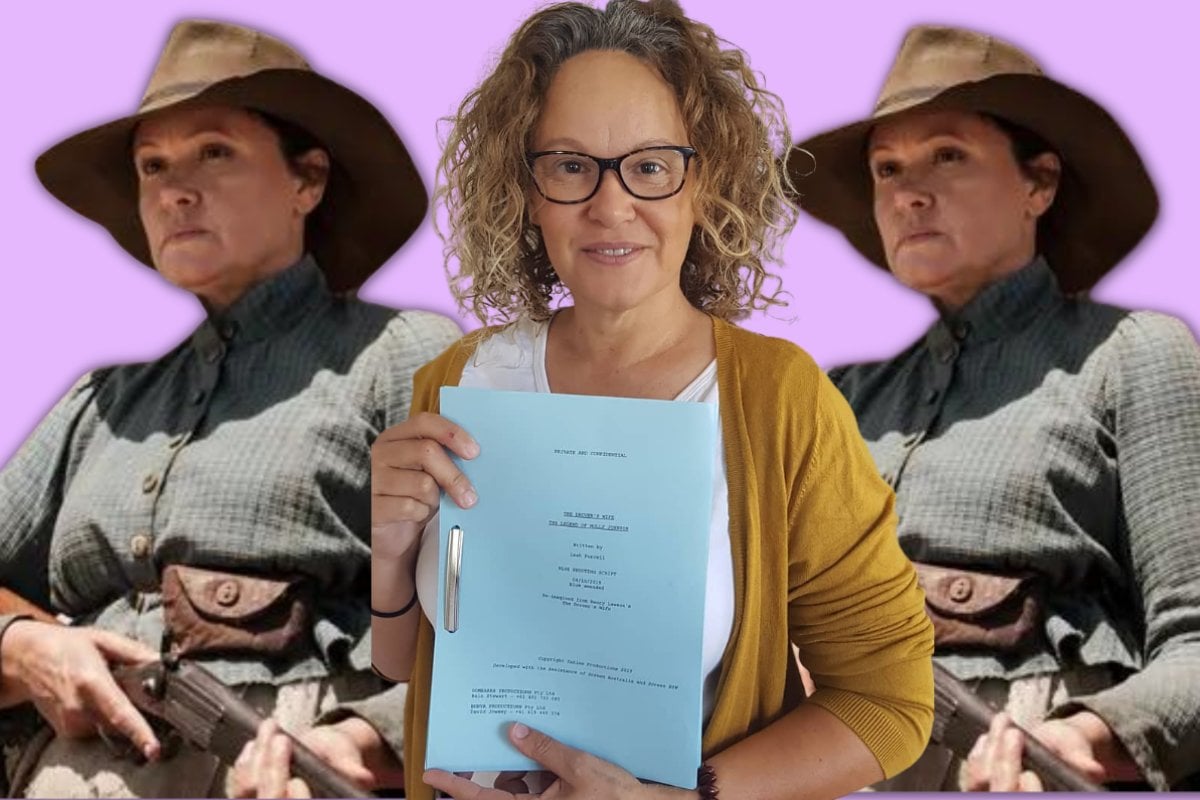
The following contains spoilers for The Drover's Wife: The Legend of Molly Johnson.
When Leah Purcell was five years old, her mother read her a story she would never forget. The story was called The Drover's Wife.
Written in 1892 by Australian author Henry Lawson, the tale was about a woman living in the Outback with her four children while her husband was away droving.
Years later, Purcell would adapt Lawson's short story into an award-winning, critically acclaimed play. She would then write a bestselling book based on her play.
Now there's a feature film: The Drover's Wife: The Legend of Molly Johnson.
Watch the trailer for The Drover's Wife: The Legend of Molly Johnson. Post continues below.
Just what is it about this particular story that has moved and enraptured Purcell so much for her to adapt it into three different mediums?
"I think it was the first story where I could use my imagination," the 51-year-old tells Mamamia. "I saw myself as that little boy [in the book] and I saw my mother as the drover's wife. Because it was only us at home. Even though I'm the youngest of seven, they'd all moved out and got on with their lives.
